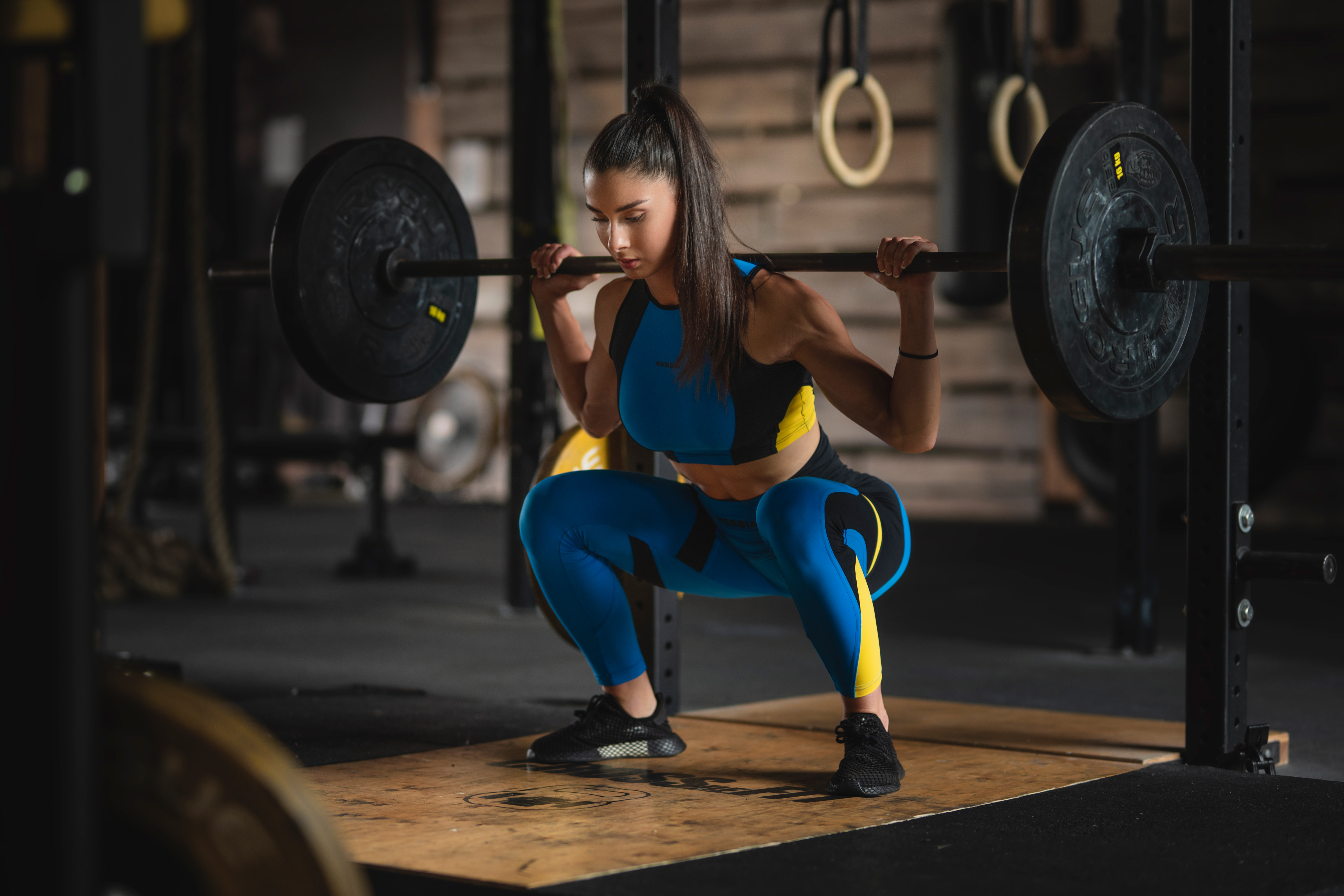
Running or weightlifting? Learn How to Combine Them
Have you been weightlifting for some years and now you’d like to add running to your routine? It’s time to get started! Many myths surround combining running with your weightlifting routine, probably the biggest one is that you lose muscle mass while running. If you read this blog, it won’t happen. On the contrary, you’ll improve both your strength and your physical condition. To motivate you even more we added 2 training programs that combine weightlifting with running.
The Difference Between Running and Weight Training
Running is a cardiovascular exercise. That means it involves taking in, transporting, and using oxygen.Low-intensity running is handled mainly by slow-twitch muscle fibers. On average, a 30-minute long run burns between 300 to 400 calories.
Strength training is a type of resistance training. The aim is to increase the amount of force your muscles can exert. During strength training you mainly use fast-twitch muscle fibers that are optimized for short, mild to high-intensity activities. If you do a 30-minute strength workout you burn few calories, but you build muscle which in the long term increases your metabolism.
- Fit & Smart Leggings with side pockets – Get them with a few clicks
Can You Build Strength and Run at the Same Time?
Unless you want to become a long-distance runner, the answer is yes, you can build strength and run at the same time. Running is a great way to reach your goals. Short intense runs increase the levels of Human Growth Hormone and promote muscle mass growth. Long-distance runs (5 – 10 km) build your lung capacity and strengthen your heart which means your gym performance will improve as well. As a bonus, you recover more easily and sleep better.
Training Frequency
The number of times you go for a run or hit the gym per week depends on your priorities and physical condition. We assume that you want to get stronger and that working out is a part of your routine. Your training plan should include 3 to 4 strength training sessions and 1 or 2 long-distance runs or high-intensity interval runs.
- Highly functional running clothes – Get your own pair of men’s leggings from NEBBIA

If you already do your cardio (walks, elliptical, etc.) in a steady rhythm every day, you are more than ready to start running. Put on your running shoes and go for it. The author of “The Hybrid Athlete” Alex Viada says that any cardio should be structured in the following way: Do 80 % of your cardio at 70 – 75 % of your maximum heart rate and do HIIT for the remaining 20 %.
When is the Best Time to Run?
Once more I assume that your priority is strength training. You can go for a run during an off day. You can also do a short HIIT or hop on a treadmill for 20 minutes after a workout. However, if you go heavy on your legs during a workout, you won’t enjoy the run because of the immense fatigue. It’s better to go running early in the morning and after about 8 hours, you train your legs. Another option is to substitute a classical leg day at the gym with a more challenging run.

Training Sample: Intermediate Level without Running Experience
Monday: Upper Body (After 4 weeks add HIIT sprints/jogging)
Tuesday: Leg Day
Wednesday: Day off
Thursday: Upper Body
Friday: Day off
Saturday: Jogging 5 km or less*
Sunday: Day off
Training Sample: Intermediate / Advanced Level with Running Experience
Monday: Upper Body + HIIT sprints (alternatively get your HIIT in the morning) *
Tuesday: Leg Day
Wednesday: Day off
Thursday: Upper Body + 20-minute tempo run at 80 % rate (alternatively do a morning run) *
Friday: Day off
Saturday: Long-distance run (5 - 10 km) *
Sunday: Day off
*Always warm up before doing any running activity. Do explosive warm up exercises, muscle activation, and heel to toe drills

Pay Attention to Your Knees!
Combining heavy leg days with running has its benefits, but it can have negative effects especially concerning your knees. You should avoid this type of exercise if you experience knee problems, have flat feet, or suffer from lateral pelvic tilt. These diagnoses cause a postural imbalance which puts unnecessary strain on your knee joints and eventually leads to serious damage. The most widespread injuries are torn meniscus (pain in the back of your knee), chondromalacia patella (pain on the underside of the kneecap), Iliotibial band syndrome (aching on the outside of your knee).
As soon as you start feeling any knee pain, limit the strain you put on your legs and book an appointment with a physiotherapist or an orthopedist. Multiple exercises that can improve your running technique and strengthen your knee joints. No, it’s not heavy squatting. It’s crucial to focus on working with your pelvic and stabilizing your core. Don’t forget to get enough protein and carbs in your diet, don’t stay up late, rather get quality sleep, and take high-quality joint supplements. Good luck!



